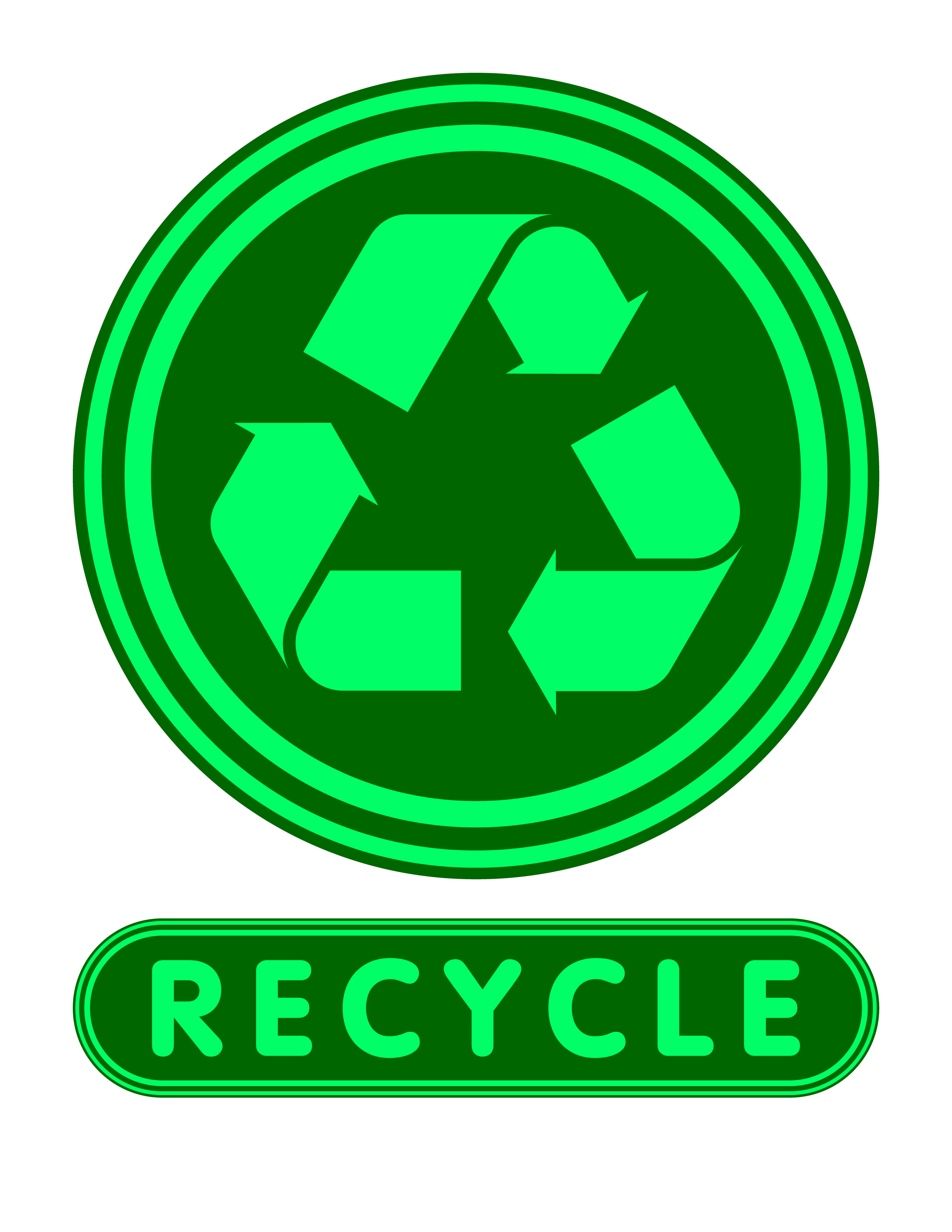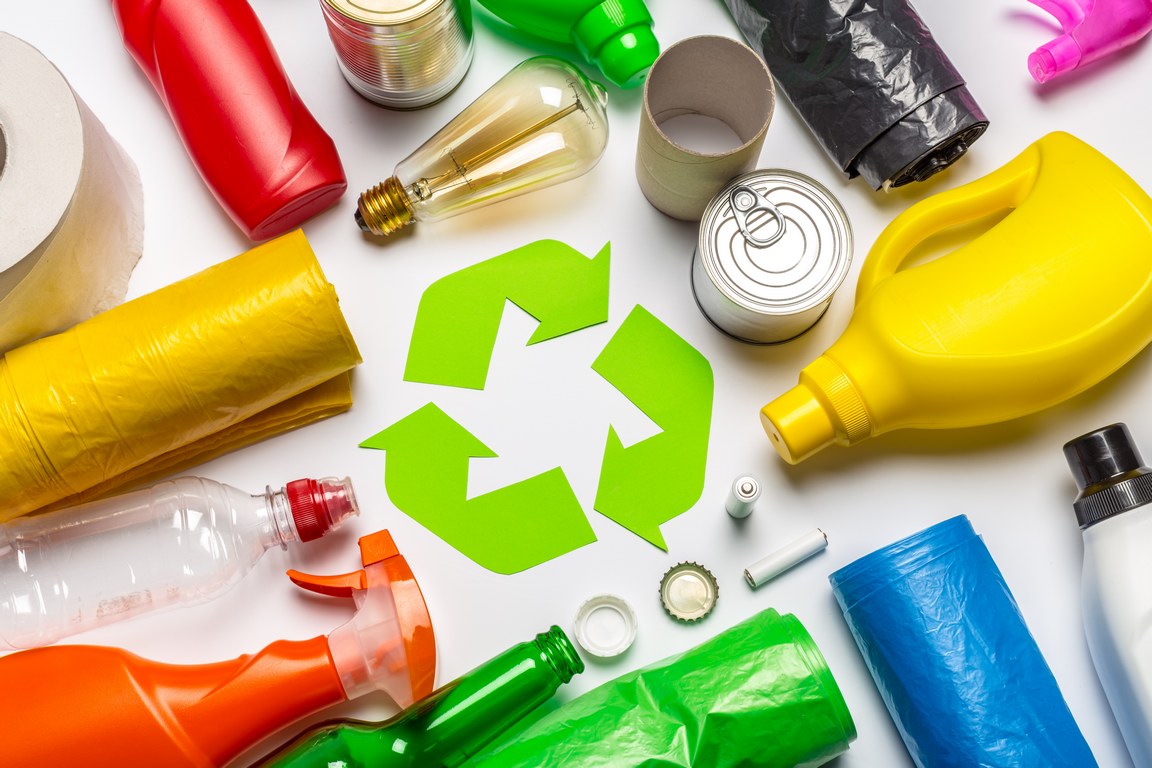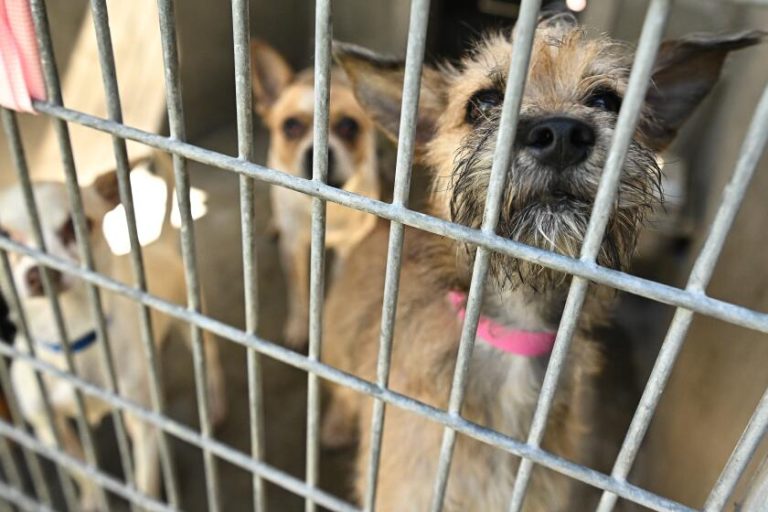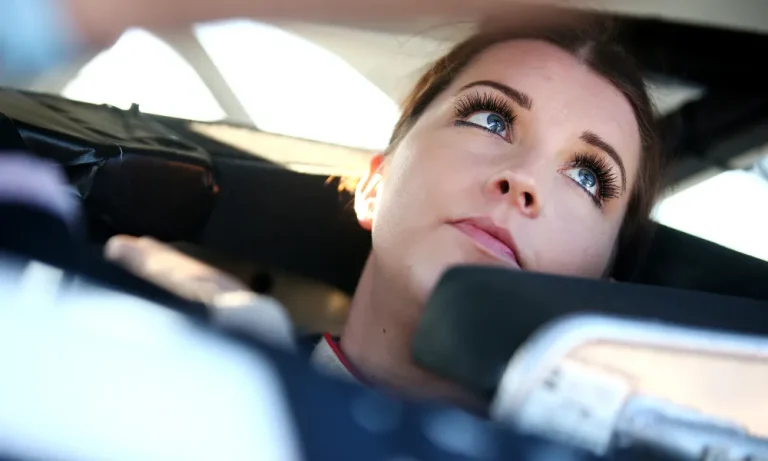In an unconventional yet dedicated effort to enhance New York’s recycling practices, researchers, professors, and students from Stony Brook University are rolling up their sleeves, quite literally, to delve into the contents of trash bins. This hands-on approach is part of a groundbreaking five-year, $4 million New York state study aimed at elevating recycling rates that have seemingly reached a plateau.
“It looks gross, but we love it. This is what we do,” expressed Maeen Akter, a graduate student at Stony Brook University. The research initiative, led by Dr. David Tonjes from the Stony Brook University Waste Data and Analysis Center, involves dumpster diving to scrutinize and analyze the intricacies of New Yorkers’ recycling habits.
“We would like to know exactly what’s in garbage, and the only way you can do that is either by theorizing it or getting your elbows into the pile,” explained Dr. Tonjes.
The study comes at a crucial time as Long Island’s recycling facilities reveal that approximately one-third of glass, metal, and plastic received from households should not have been included in the recycling stream. Despite people’s good intentions, there is a considerable amount of non-recyclable material making its way into recycling bins.
“People want to recycle with the best of intentions. Unfortunately, sometimes we see items that aren’t necessarily recyclable,” noted Michael Engelman, Smithtown Waste Director.
Plastic, in particular, poses a significant challenge due to the confusion surrounding the numbering system. The Stony Brook University researchers discovered that Long Islanders are only recycling 30-60% of the materials they could and should recycle.

Read more:
- Trans Drivers Unable to Change Gender on Licenses in Florida
- Northern Lights Treat for New Mexico Residents!
- Razor Wire Presence Strengthened at Shelby Park in Texas
- NY Lawmakers Push for In-State Drug Production to Lower Costs
“If we did better, if we recycled everything, we would triple our recycling,” emphasized Dr. Tonjes.
The dedicated team of researchers and students views their work as essential for a better world, especially with Long Island’s largest landfill set to close. Improving recycling practices becomes imperative to save energy, reduce costs, and promote the reuse of raw materials.
“We love garbage, and we want the world to be a better world, so we are very proud of what we are doing right now,” shared Hailey Lee, a graduate student involved in the initiative.
As garbage disposal poses environmental threats and contributes to global warming, the goal of the research is not only to understand current recycling habits but also to shape policies that will educate the public on responsible waste disposal.
The results obtained from the meticulous trash sorting conducted at 20 locations annually will serve as a foundation for future policy decisions. The team is committed to spending their spring break sorting trash in upstate New York, further underscoring their dedication to creating a positive impact on recycling practices.
In conclusion, Stony Brook University’s unconventional yet practical approach to improve recycling rates sheds light on the importance of understanding what goes into our trash bins. By getting hands-on with the materials that end up in landfills, the research team aims to not only triple recycling rates but also to contribute to a more sustainable and environmentally friendly future. As their efforts continue to shape policy and public awareness, the hope is that New Yorkers will become better attuned to their waste disposal habits, fostering a culture of responsible recycling for generations to come.















+ There are no comments
Add yours